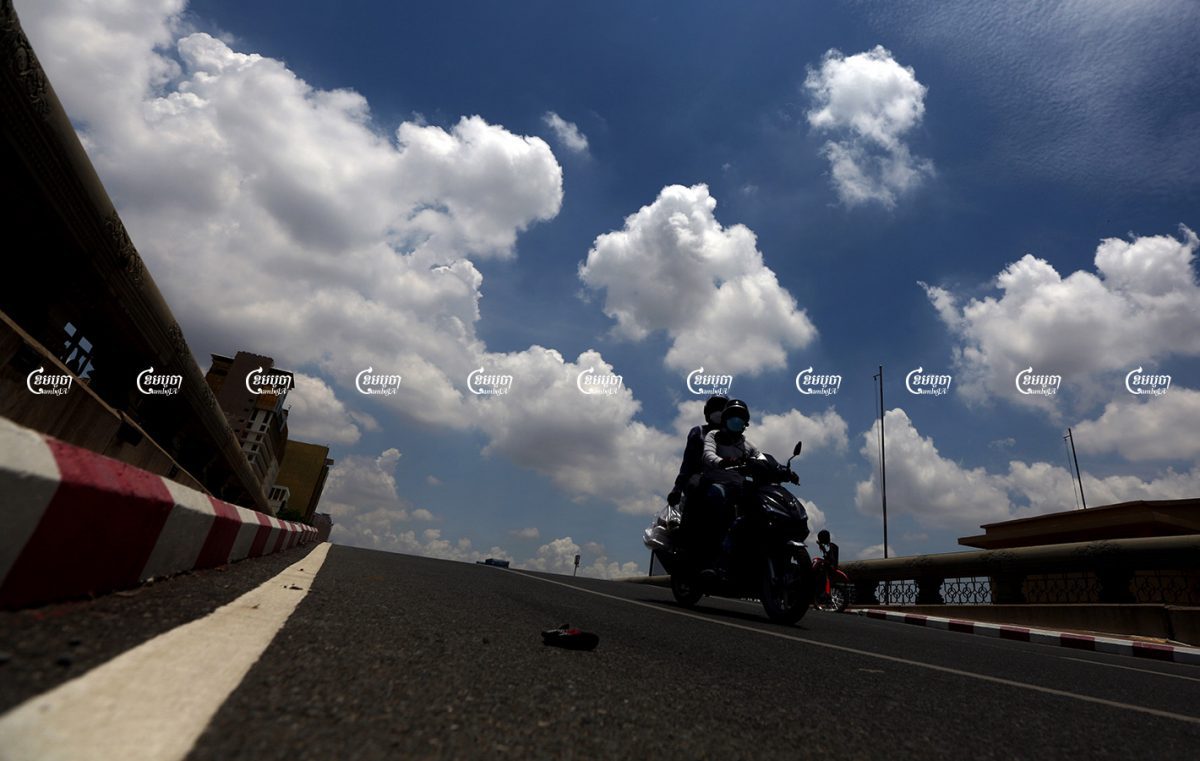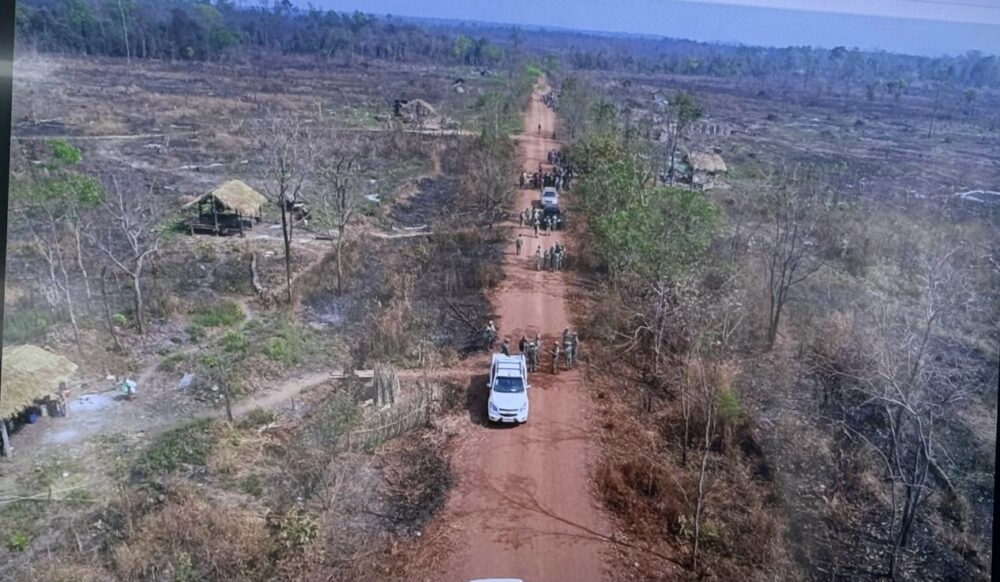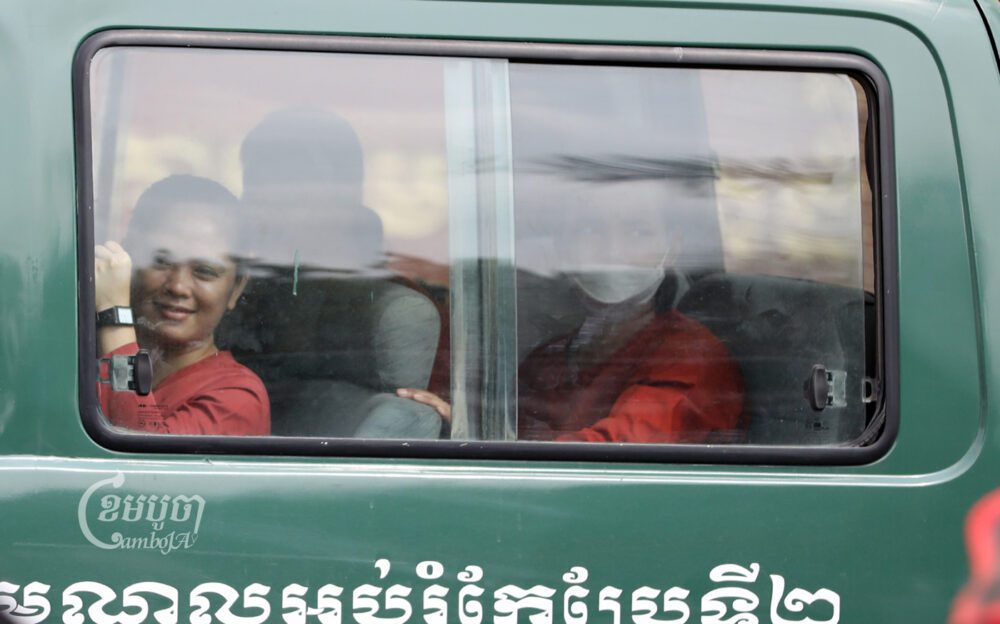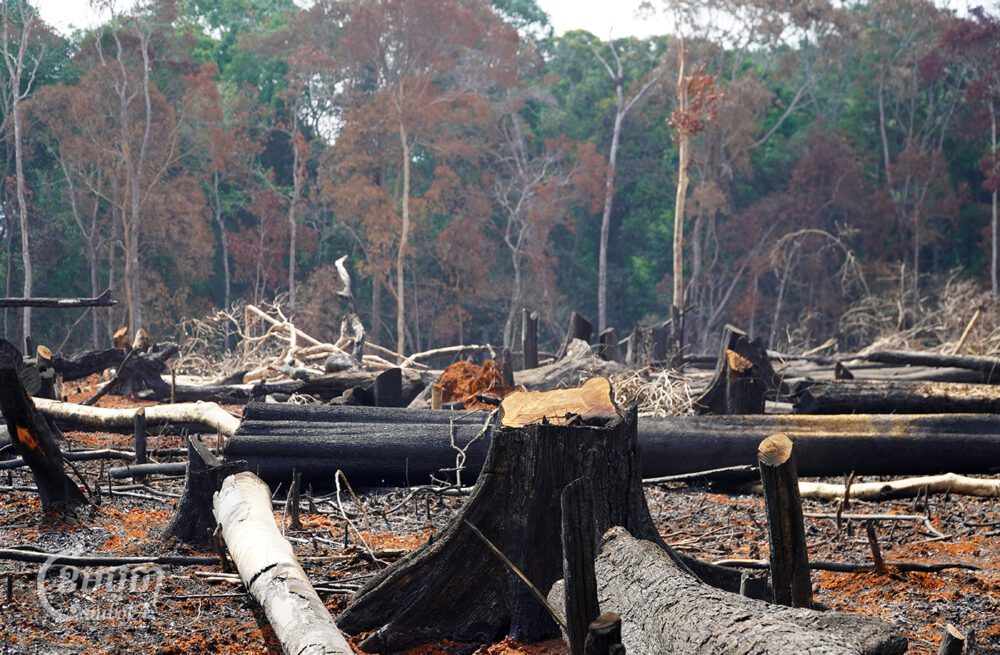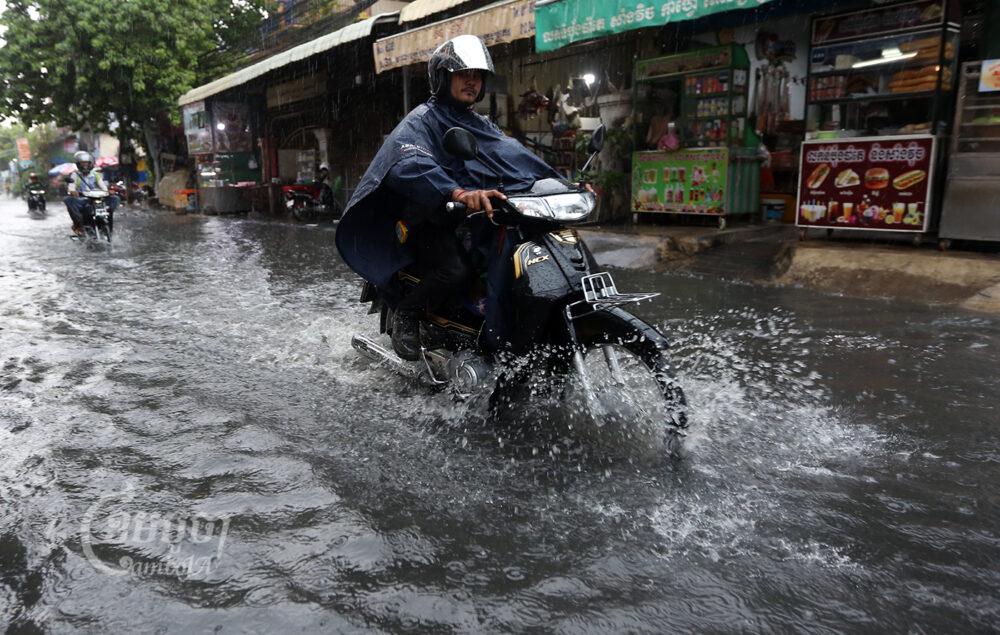The public has been advised to stay out of the sun the next few days as recorded levels of UV ray exposure from the sun are expected to reach dangerously high levels.
The Ministry of Water Resources and Meteorology issued a statement Tuesday explaining the UV index will be set to 10, its highest setting, from August 18-24 across the Indochina region, indicating a potential hazard to humans and other living things. The strongest daily UV levels are expected to come from 10 a.m. to 2 p.m. Such high UV exposure could directly affect those who work outside under the sun, which includes many in the informal economy.
Meteorology Department director Oum Ryna urged the public to take caution over the next week of high UV levels.
“It will have a serious impact on human life, animals and living things when exposed to this high level of UV directly,” Ryna said, explaining the rays can contribute to the development of diseases such as skin cancer and may harm the eyes.
He recommended people not stay in the sun for long periods of time, especially between 10 a.m. and 2 p.m. For those who must go out, exposure can be reduced by using a sunscreen lotion and wearing clothing that covers the skin, as well as a hat and sunglasses.
Moeu Chandara, a project coordinator with the activist Cambodia Youth Network, appreciated the ministry announcement but said the government should let people know in a simple way how they can protect themselves.
“These UV rays will impact everyone, especially those in the informal economy [such as] tuk tuk drivers, vendors and farmers … because they work under this condition,” Chandara said.
Heang Phallin, a communication assistant from the Cambodia Climate Change Alliance, said UV levels can increase through depletion of the atmosphere’s shielding ozone layer. She added that the most concerning cause of climate change, on the other hand, is the growing concentration of carbon dioxide and other greenhouse gases in the atmosphere.
Phnom Penh residents who spoke to CamboJA expressed anxiety about the news of this week’s heightened UV levels. Most scientific sources state that air temperature and the UV index aren’t related, and the relationship between UV and climate change seems indirect for now.
Even still, amidst worries of unbearable heat and changing climate in the capital metro, some connected the UV issue to these more familiar problems. The bottom line, these people said, is that all of these factors are evidence that people must change their ways to protect the environment.


